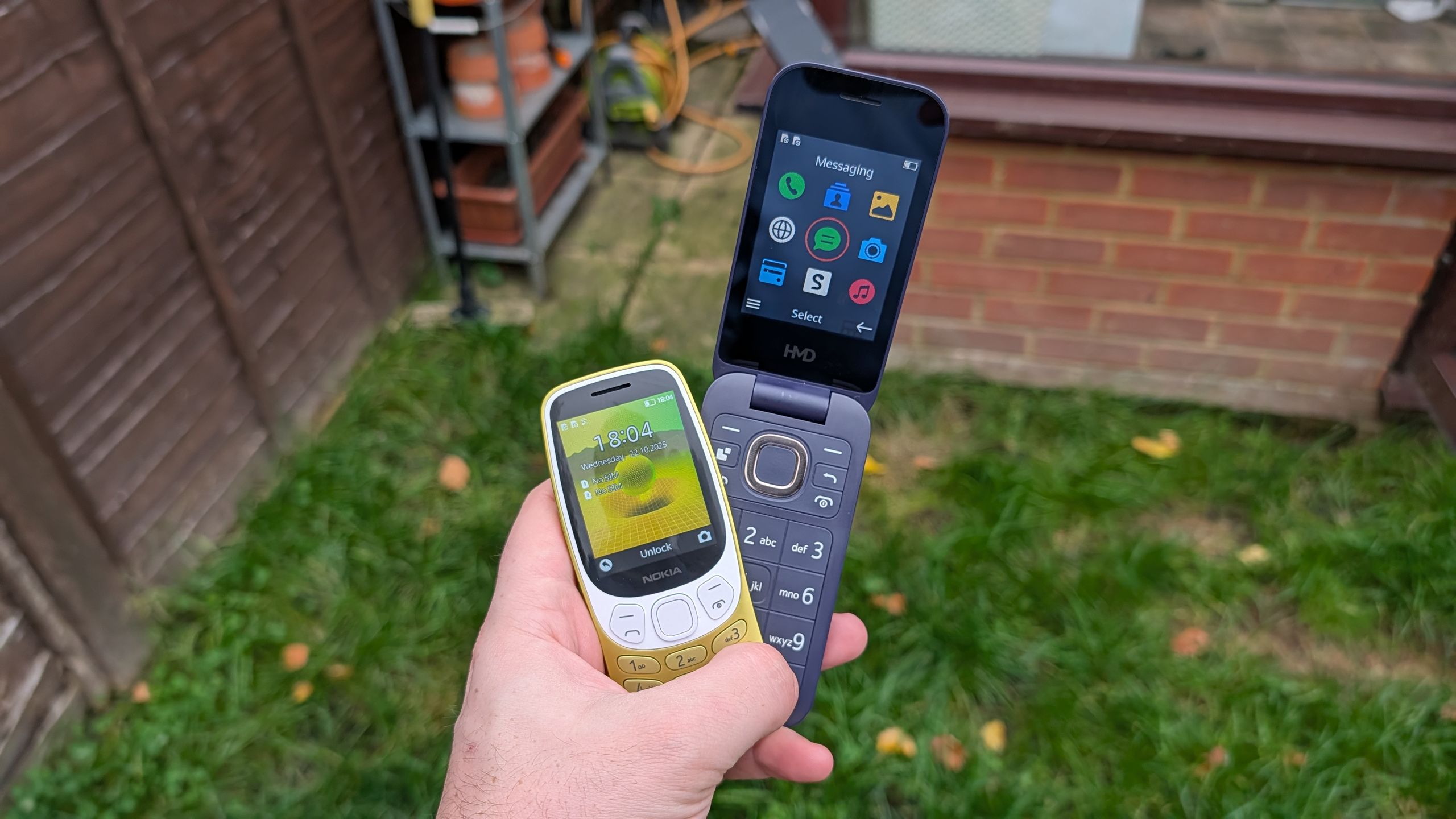Copyright nintendolife

Universities and hospitals: they’re well-known money spinners (assuming you ignore socialised healthcare) and make perfect sense for a management sim. What doesn’t strike me as such a lucrative institution is a museum. I went to a lot of them as a child specifically because it was a cheap day out, and as I rocket closer towards middle age, I finally appreciate my parents’ mentality. Honestly, it’s not the theme I expected from the third Two Point game before it was announced, and my initial reaction was one more of confusion and minor pessimism than anything else, partly for the reasons previously mentioned. More fool me, though, as Two Point Museum may well be the most balanced and well-rounded of the lot. You’re the curator of a museum, or rather several museums, and it’s your job to pull in the punters, make the staff do their job, and secure new exhibits to make it all worth everyone’s while. You’ll not be making it an affordable day out, either; your museums are a business first and foremost, and that means staff can take one short break every month or so, and keyrings from the gift shop will cost patrons 50 quid a pop. So far, so similar to previous entries, but one of the big changes this time around is exhibits and, more specifically, how to get them. You’ll have to send your staff through a helicopter-shaped rabbit hole where they set off to explore wherever it is you’ve told them to go, in the hope that they’ll not return dead (or worse, with a poor-quality exhibit). Despite never really seeing where your staff members go on these expeditions, Two Point Museum still manages to instil a sense of exploration, all whilst safely hovering aloft your roofless enterprise. This goes doubly so when staff encounter a random dilemma during such a trip, where a situation demands your expert decision-making. They might find what appears to be an oasis in the desert, and you have to decide if they should pursue it or stay on course. As this is a Two Point game, your natural reaction and sensible thinking have to go out the window in these instances. That oasis? Actually a spa with a full staff wondering why they get so few customers. I’ll be honest, even though the game makes a foreboding sound whenever a dilemma occurs, I was absolutely thrilled each and every time, because it’s genuinely impossible to know what the outcome might be the first time around. Two Point Museum operates on a twisted, almost uncanny logic that continually delights and surprises. The type of museum you run makes a substantial difference as well. The game will bounce you around the different museums available to you in order to progress, and each (initially) plays very differently from one another. Depending on what you’re trying to discover, you’ll have to send your staff out to dig up dinosaur bones, catch fish to put in the aquariums you probably should have already built, dive deep into the bowels of an old technology centre, or, you know, dip into the netherworld to extract ghosts for children to gawk at. You can even take your helicopter into space. Amazing. Some exhibits you can simply plonk down, others require you to find their constituent parts, some need to be put in their own special rooms (think fish and ghosts), and some need to be kept in a specific level of humidity, temperature, or both. Did I mention plants? I don’t think I did. These aren’t your garden variety botanicals, though; the plants people want to see are man-eaters, although in fairness the guests they eat don’t seem to die, only come out…changed. Some guests even demand this as their idea of a perfect museum visit. Why not dive headfirst into a gaping, vegetative maw so you can seemingly have your genetics altered to look like a clown? That’s a Batman story we haven’t yet seen. And it’s important to keep guests happy, as not only will they pay a frankly staggering amount to gain entry, but also will freely dump sometimes hundreds into your appropriately-positioned donation stands. How much they donate is based on an exhibit’s ‘buzz’, how much detail your information stands divulge (which can be increased by destroying and analysing an exhibit in a special room), how entertained they are, and several other factors besides. And you’ll need to satisfy those, as donations make up a substantial part of your income. Entry tickets are a one-time thing, but donations can just keep coming and coming, and it’s never dissatisfying to see your stands bursting with golden coins to collect. If all this seems a bit hard to get a grip on, then that’s reassuring, because the game is absolutely rammed with mechanics and twists on the basics. It eases you in, though, which is absolutely necessary, even if it can feel a touch basic at first. New mechanics and themes are drip-fed to you as you progress, meaning you don't get a chance to get bored doing the same thing time and time again. It’s a meaty game too, easily demanding upwards of 50 hours for the base game, and the Fantasy Finds DLC will no doubt take that further still. Although it will be available on Switch 2, it sadly wasn’t live during our time pre-release. Further expanding what’s on offer is the Digiverse map of expeditions, which was released recently on other platforms as well. This map expands the exhibits you can acquire to include those from other games (currently Dredge and Vampire Survivors), with the promise of more to come. Tantalising stuff! And that’s not just my opinion, either. Bands of thieves and vandals, some of whom are from competing museums, are desperate to come in and either damage your hard-won treasures or take them for themselves. This is one of the trickier mechanics to master at first, as suddenly your security guards have more to do than empty the giant buckets of cash your guests have filled up. Two Point Museum is a game that just keeps on giving. Every time you think you’ve got all the mechanics under your belt, the game tosses you another, like portals opening up and letting malevolent spirits in to harass your guests, or whoops! Now you have to tackle marketing campaigns! The customisation is similarly excellent. You can freely build and modify not only each room in a museum, but each and every building as well (with one or two exceptions, of course). The floors, walls, partitions, dividers, and even the colour of individual decorations, it’s all up to you how it looks. Does it make a difference to how the game plays? Not even slightly, but I still caught myself spending cumulative hours fiddling around with floor tiles and decorative items’ positioning. And to top it all off, Two Point Museum continues the trend of an excellent soundtrack interspersed with properly chuckle-worthy chatter from its resident DJs, wonderfully clear and vibrant visuals, and really fantastically executed controls for the genre. One thing is notably missing on Switch 2, though, and that’s mouse mode. It seems like an obvious inclusion, but sadly it’s not included here at launch. We did speak to the developers recently, who confirmed that they are considering it, but right now it’s controller or nothing. Visually, it’s a big step up over Switch 1’s Campus and Hospital, although the game is capped at 30fps. It’s a very smooth 30fps in the early stages of each museum, but unfortunately it does struggle a bit as things get more hectic, and it seems to be the same in both docked and handheld for the most part. It’s not a dealbreaker per se, but given the leap to much more powerful hardware, I was hoping that it might be a little more consistent than it is, given that the game runs far better on other systems like the Steam Deck and Xbox Series S. It just feels like there’s performance that’s been left on the table in its current state. I also experienced a few graphical anomalies, such as dust clouds being made entirely out of 2D squares, and one particular sandy floor texture going absolutely bananas and flashing terribly unless the camera was stock still. I have faith that these little issues can be ironed out in updates — and a little more optimisation to get some more stability wouldn’t go amiss either — even if they don’t do anything to spoil the game.



